Italy – Concept
Rough concept
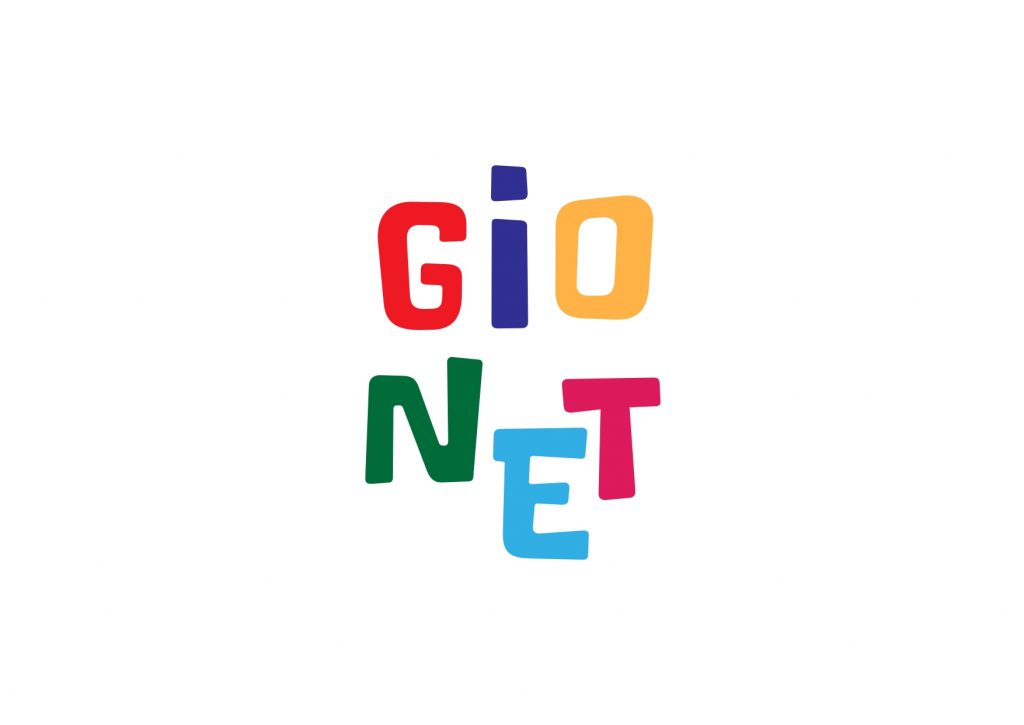
Gio.Net was born on 13 FEBRUARY 2016, as a natural evolution of a collaboration path between some entities belonging to the world of private social and training in the context of some European projects, in particular the ATOMS project – LLP Leonardo 2013/15.
The Association groups public and private non-profit and profit organizations that operate in the field of “youth”, both directly and as related services, making use of their local roots and building added value by comparing skills and with different roles with which they act in the field of “youth”.
The association carries out congress activities, seminars, public-private co-planning actions. It is proposed as a place for sharing experiences and experimenting with innovative projects both at national and European level.
The GIO.NET Association is an associate member of the European YES FORUM network.
GOALS OF THE NETWORK
PROJECT DESIGN – SHARING OF EXPERIENCES – GOOD PRACTICES – YOUTH POLICIES – NETWORKING
KEY TOPICS
- YOUNG PEOPLE
- CONTRAST TO SCHOOL DISPERSION
- ACTIVE CITIZENSHIP
- INNOVATION ON NATIONAL AND EUROPEAN PLAN
ASSOCIATED MEMBERS
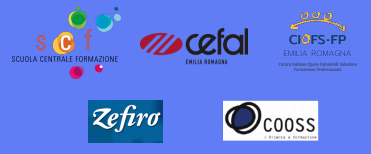
Cefal Emilia Romagna
CIOFS Fp Bologna
Cooss Marche
Central Training School
Zefiro Cooperative (Lucca)

PROJECTS COMPLETED AND IN PROGRESS:
- “YOUNG PEOPLE AT THE CENTER” – 2016 project completed
- “ATOMS & CO” Erasmus KA2 – 2017/2019 project completed. Has obtained the Eramsus Best Practice Label.
- “KINDERSTADT” Erasmus Ka2 – 2018/2020 project in closing
- “WIFFI” 2019/22 Erasmus KA1 staff mobility – ongoing
- “PEPPY” 2020/23 Erasmus KA2 – ongoing
- “BRIDGE” 2020/23 Erasmus KA2 – ongoing
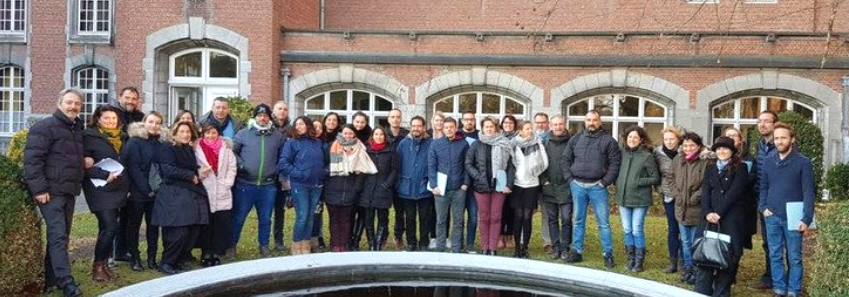
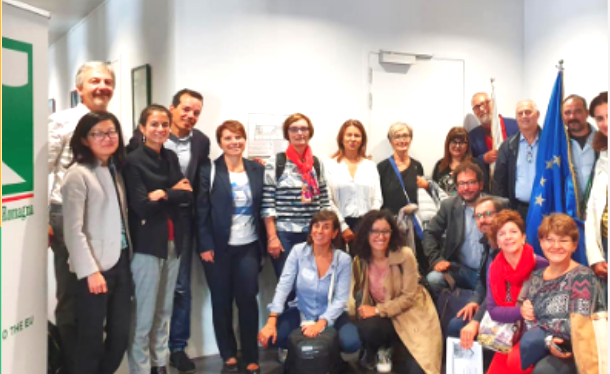
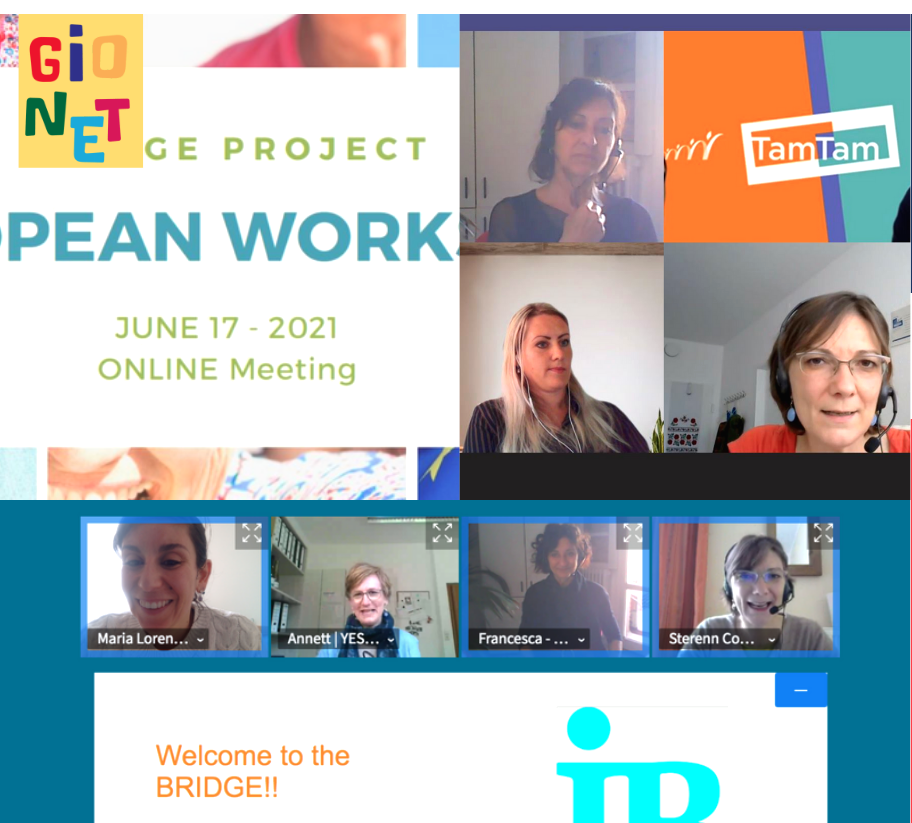
Fine concept
La Città dei Bambini, or Kinderstadt, is a child-friendly reconstruction of a physical space, of variable dimensions around 100x50m2, in which the main human activities are represented: work, public utility services, free time, sports.
Over the course of five days, girls and boys between the ages of 7 and 10 experience this physical space by experimenting with actions to seek employment, work, savings and civic participation – by electing one’s own mayor-, taking care of the space through participation in law enforcement, surveillance and cleaning.
Registration is free.
The spaces dedicated to the main activities are colored wooden boxes measuring 2×3 meters, furnished with wooden benches, tables and equipped with the necessary work tools. The boxes are placed side by side around a central square.
To accompany the activities of the children there are volunteers aged between 16 and 25, identifiable by a uniform and in a numerical ratio of 1 to 4 with respect to the participants. Volunteers come suitably trained in the previous days both from a methodological point of view about the approach to be taken with children, and from a technical-professional point of view based on the role they will fill. Indeed for some activities offered (eg. Pharmacist, banker, painter, beautician, etc.) are professionals in the sector who they educate the volunteers and accompany them in welcoming children.
Apart from volunteers and professionals, no other adults are allowed inside the Children’s City. For the parents or carers there is a delimited space equipped with tables, chairs, small snacks and drinks which is called “Asylum of adults”.
Activities start in the morning at 9:30 am and finish at 3:30 pm. There is a lunch break between 12:30 and 1pm. Upon arrival, each participant passes by the registry office to register; after which she can access the
employment services and choose a job to exercise for 45 minutes (considered an hour of work). To the end of each hour of work The boys receive a fee that they can save, depositing it at the bank, or spending it on the recreational and leisure activities offered from the City of Children; they can also buy at the shopping center where all of them converge products created in the various laboratories of the Children’s City. In the next hour they can look for a new job, tour and explore the city, devote yourself to leisure activities, go to the gym or to the cinema.
On one of the days in which the City of Children is held, the election of the mayor of the city is scheduled follows the candidacy process, display of the electoral program, polling station e proclamation.
The activities are always suitable for children, not only in the size of the spaces and in the duration of the same, but also in the type of job performed, calibrated on the actual possibilities and abilities depending on
of the different ages of development and learning of children.
It is not mandatory for participants to be present for the whole week.
A full-time manager works for at least 4 months to manage the entire activity in the previous months, flanked by at least a couple of collaborators, also full-time in recent weeks.
Distinctive elements of the experience
The City of Children is a large space where a real “miniature” city is created, where children the most important structures of “adult” society are reenacted. This allows them to know and experience the functioning of society by playing.
- Seriousness: everything that happens inside the Children’s City is a symbol of the world. The registry office, the employment center, the bank, the church, the gymnasium, the university and the jobs there are activities within which the socio-economic dynamics of the “adult” society, which the child would hardly understand if he did not experience it directly.
- Oriented freedom and autonomy: each child is free to choose the profession and activities of the free time that he prefers during the development of the Children’s City. However, the organization provides children with some simple tools to orient themselves independently in experience. One example is the distribution of a coupon for a meal and a coupon for one drink at the entrance of the Children’s City, in order to ensure that each participant eats the prepared food and not spend all the money he earns working on toys and candy.
- The practice of responsibility: children can choose productive jobs or services for the city. For example, they can become first aid workers after having worked and learned notions of first aid at the Red Cross post (I saw a child fall to the ground while he was playing football and immediately the first aid workers, wearing bibs of recognition and first aid box), or become “policemen”. Play seriously these roles allow children to experience the satisfaction of concretely contributing to functioning of the City of Children and think of oneself not only as consumers of activities, but also as real members of the organization.
The meaning of the European perspective:
Realize your own concept of the City of Children in Italy, with the intellectual contribution of other European partners (Romania, Sweden, Germany) represents the opportunity to exercise the values of the Union to more levels:
- The framework of the exchange of good practices between European partners creates a fruitful on contamination for the benefit of the project to be carried out in each country involved and vice versa: the contribution of the partners in the project allows the implementation and development of the starting concept;
- The skepticism of young people towards local, national and European politics is a phenomenon that it can be stemmed by bringing politics closer to young people, allowing them to know and understand its functioning, and therefore also the importance of interest and participation of every citizen and citizen to political life, starting with the involvement of children in a “serious game” how can the City of Children be, where we propose ourselves as candidates in municipal elections, where yes vote, where it is discussed who to vote for, where the elected mayor makes concrete proposals for improvement to the organization.
Conclusion:
Create a City of Children in Lucca (it is already being built in Bolzano – MiniBZ – with a German format) placing it in the reality of the city in which it will take place means:
- Offer an innovative and effective pedagogical project for the path of children towards autonomy and understanding of the world.
- Create a network of experiences and skills among the contributors to the organization.
- Promote the resources of the territory.
- Draw a “European map” of the Children’s City as a starting point for future projects.


